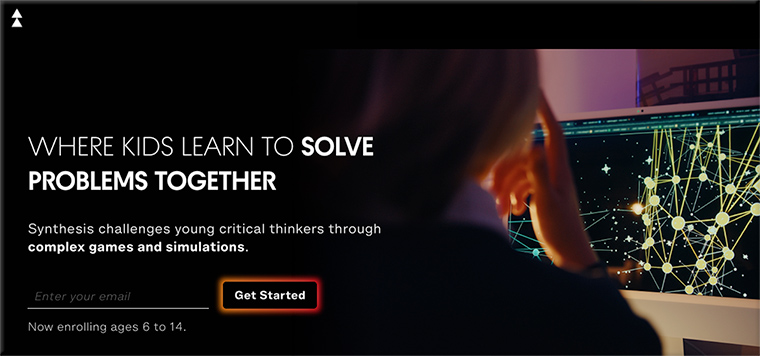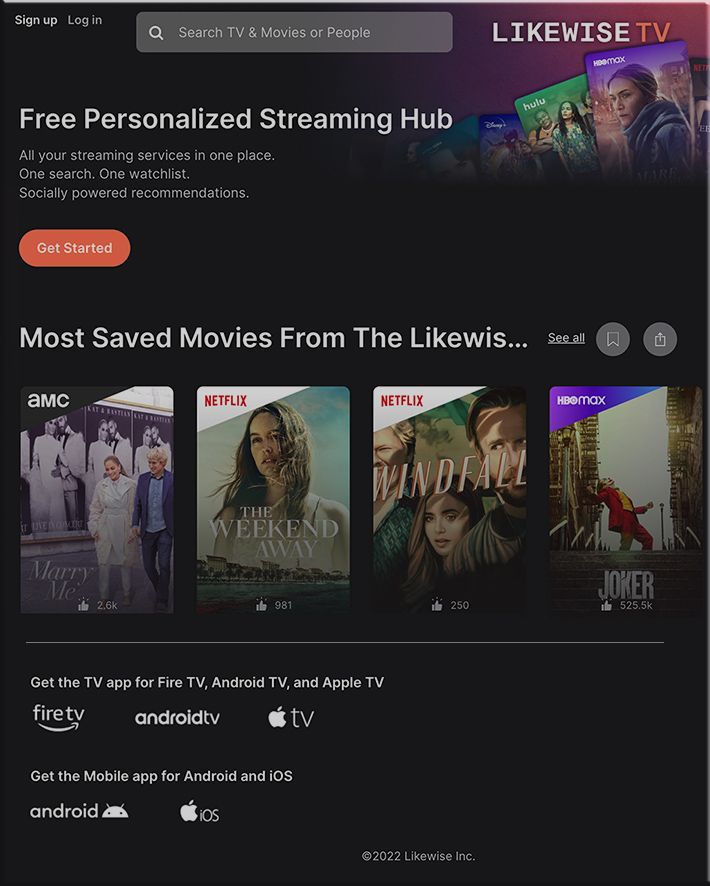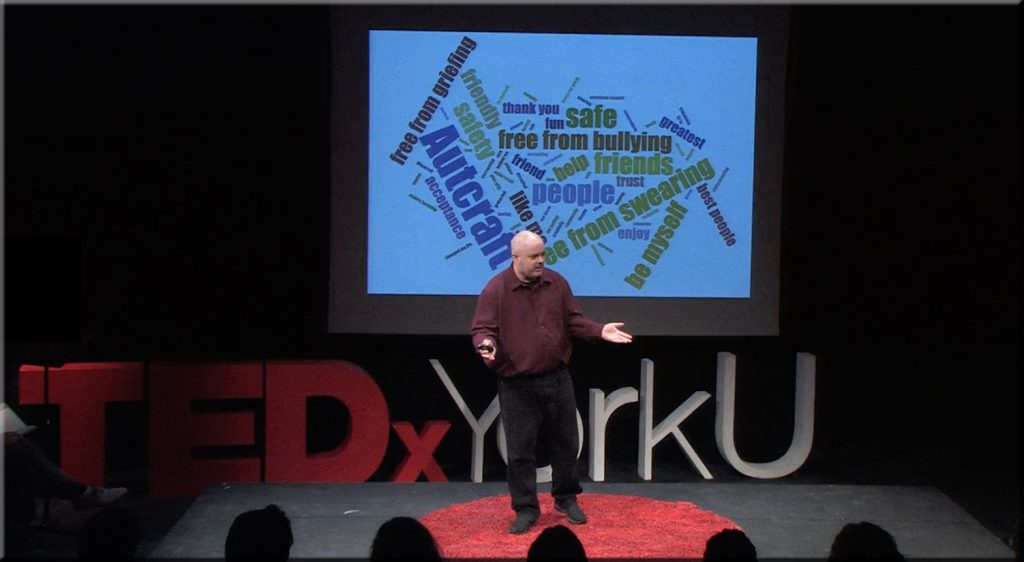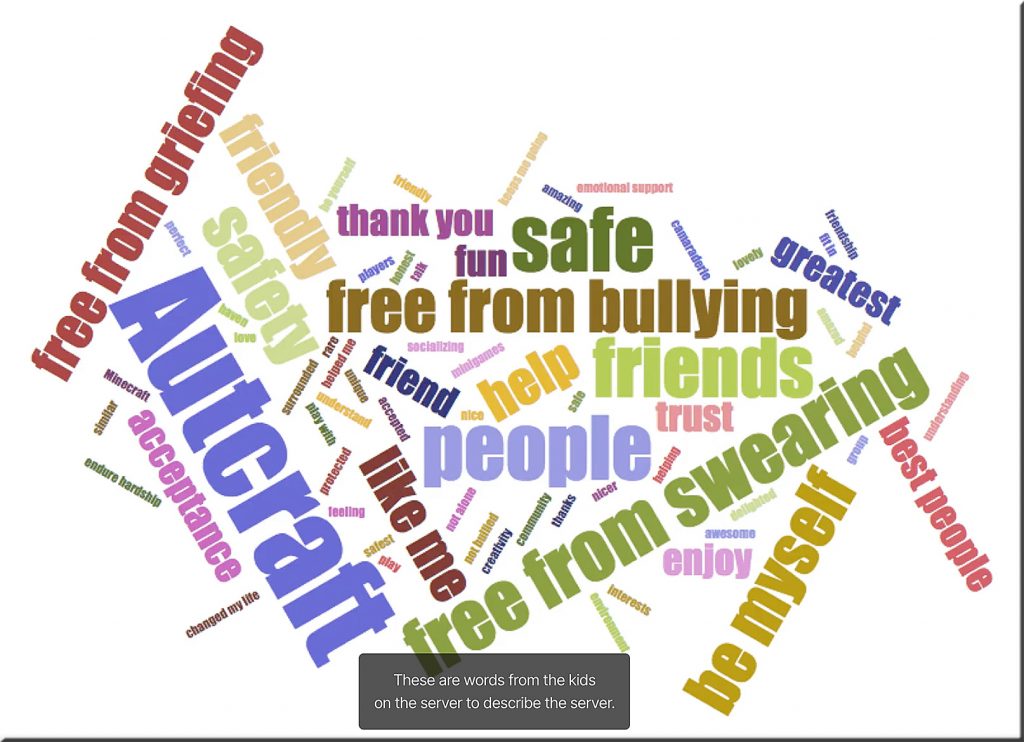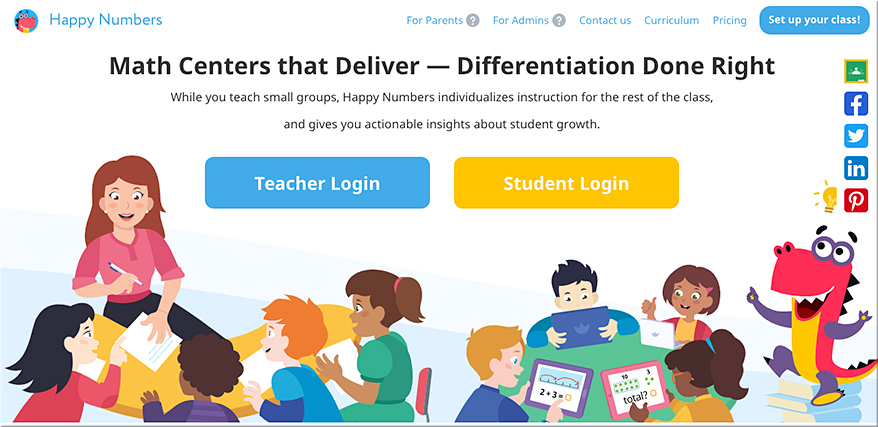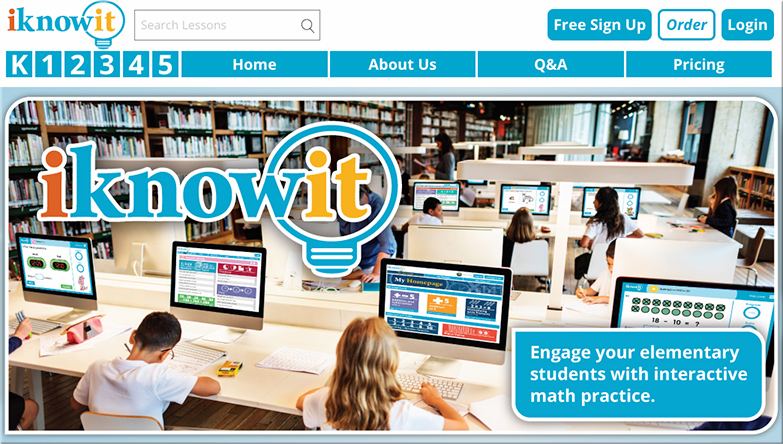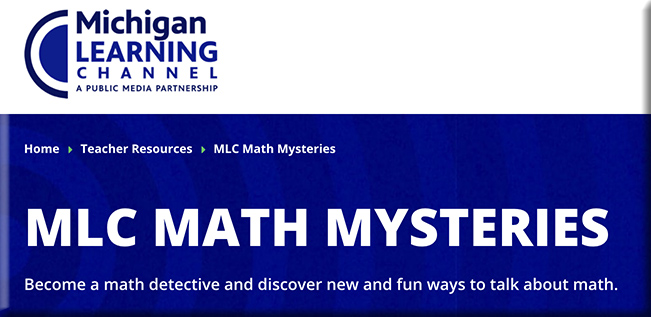Why gamified learning works so well for gifted children — from raisinglifelonglearners.com by Colleen Kessler
Excerpt:
The gamification of learning can be critical for gifted children in particular, who often struggle to stay focused, engaged, and challenged in a traditional educational environment. Gamification can be so effective in gifted education because the learner forgets they are “working” and instead feels they are “playing.” It allows the gifted brain to relax into the “flow” of learning, and more effectively use their intellect for problem solving and creativity.
Also see:
Addendum on 4/27/22:
Homeschooling our gifted children: The power of artful questions — from raisinglifelonglearners.com by Colleen Kessler
Examples of artful questions for learning:
- Why do you think that might have happened?
- What would you have done differently?
- What did you notice about that?
- What would you suggest we do instead?
- That’s a good point. How can you reconcile these two things?
- Do you have an idea for how we could make this better?
From DSC:
Perhaps we should post those types of questions up on the walls of many board rooms and conference rooms around the nation…or have it be a slide in a presentation…or…









